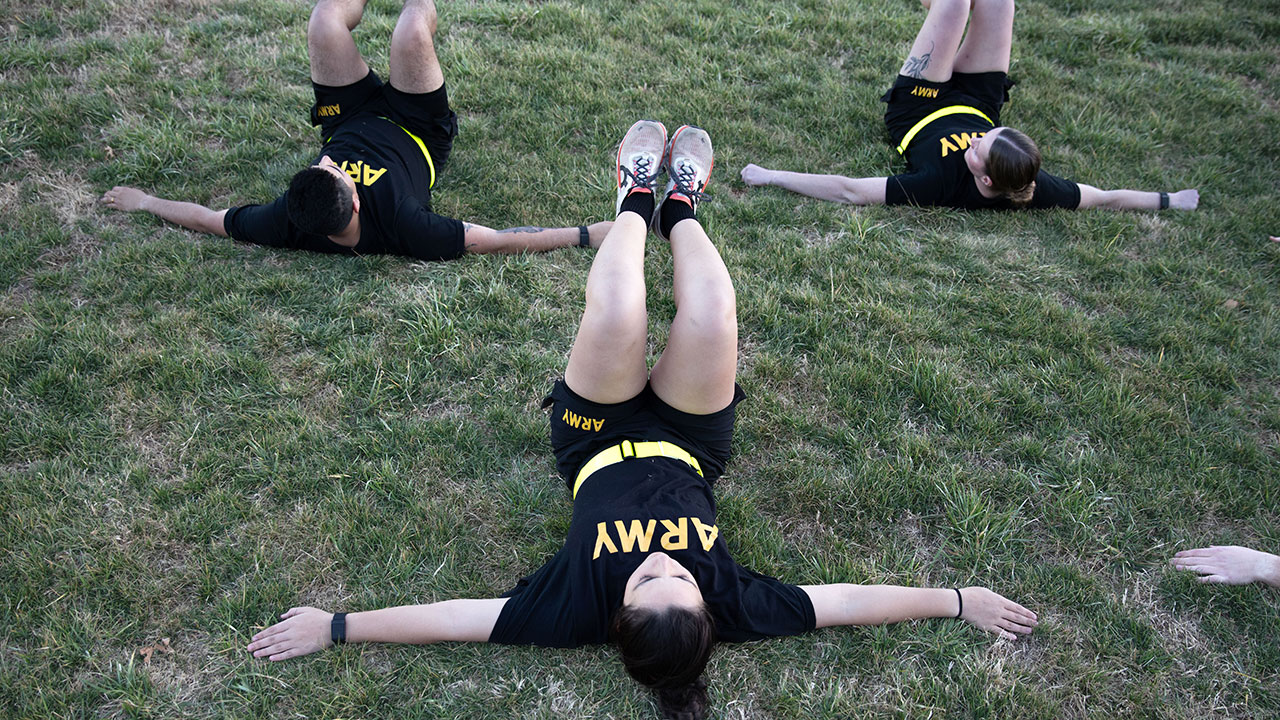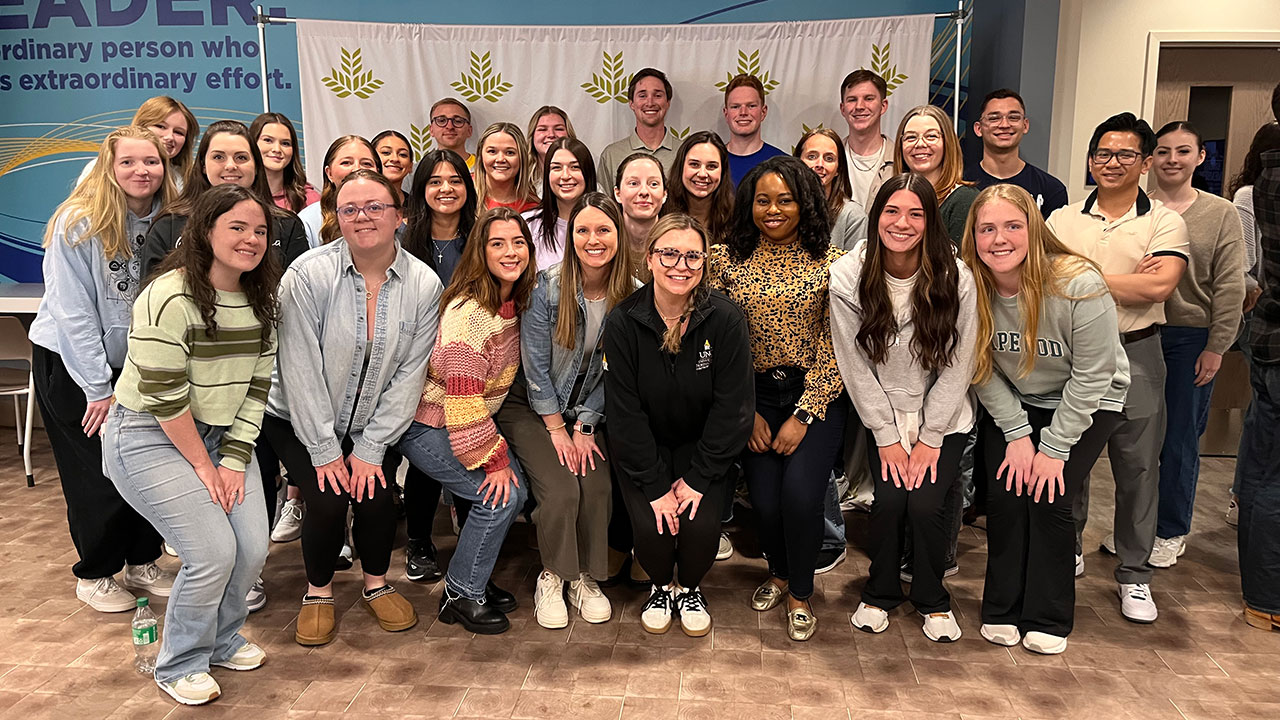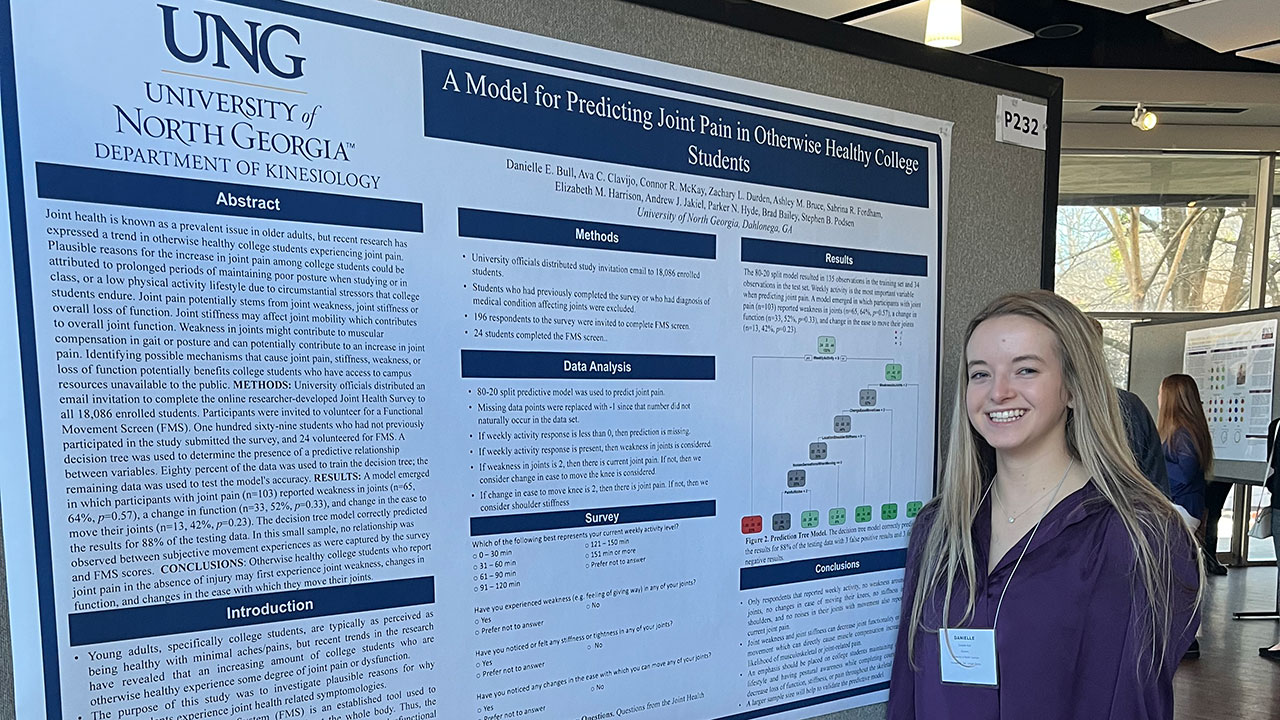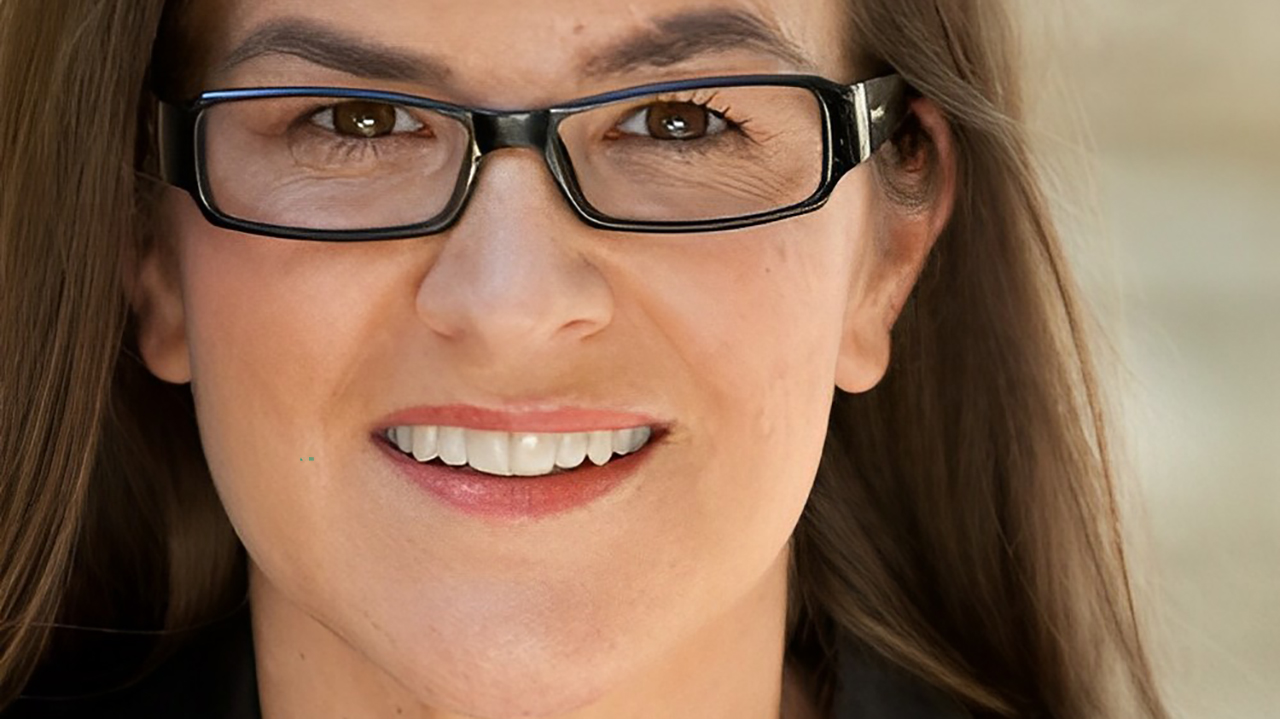Physical therapy department turns ideas into inventions

Article By: Staff
During her work as a physical therapist, Dr. Kimberly Castle has had a thought replaying in her mind over and over again.
"I sometimes think 'I wish someone would invent that to help my patients,'" said the associate professor of physical therapy at the University of North Georgia (UNG).
She wasn't the only one nor the first. Dr. Teresa Conner-Kerr, professor of physical therapy and dean of the College of Health Sciences and Professions at UNG, had a similar notion. She then pioneered the effort of turning the notion into a reality known as cREATe, a collaborative effort between UNG's physical therapy department and industrial design students from Georgia Institute of Technology. cREATe is an annual, weeklong conference aimed at building innovative assistive technology for clients with physical disabilities.
Now, the physical therapy department has gone a step further by expanding cREATe into a new educational concentration called IDEA4Rehab.
UNG's Department of Physical Therapy implemented the new track of study to teach students how to design, develop, market and sell a product of their own creation to help patients with mobility problems.
"It is designed to help physical therapists invent something for someone to use in a clinic or for a particular problem," Castle said.
And it is working. Through the current cREATe program, third-year physical therapy students Geena Sneeringer and Rachel Philips volunteered to help a man with cerebral palsy who lives at Chelsey Park Health & Rehabilitation in Dahlonega.
"He is non-verbal and communicates by using his toe to press buttons on a remote to spell out what he needs," said Philips, a 24-year-old from Jacksonville, Fla.
 |
|
A computer system has been adapted to help a man with cerebral palsy communicate easier and more efficiently. The system will have a mouse-like button, an iPad and the Apple accessibility feature. |
Sneeringer said this limits the man in his 40s to communicating in writing from his room. He uses other forms of communication to participate in activities at Chelsey Park.
Sneeringer and Philips have been working to adapt a computer system with a mouse-like button, an iPad and the Apple accessibility feature to help him communicate easier and more efficiently.
Both students said having this hands-on experience provides them practical problem-solving skills. They also applaud UNG's physical therapy department for looking to the future and implementing the program into the curriculum.
UNG is the first university in Georgia to devise such a program track for creativity, innovation and research. It seems to be a creative boom.
Dr. Mary Ellen Oesterle, head of the physical therapy department, recognized the opportunity to change the way UNG educates Doctor of Physical Therapy (DPT) students. By providing them a curricular experience in entrepreneurial design, students receive the tools they need to innovate and change practice.
"This puts physical therapists in the driver's seat for designing the devices our patient's need rather than adopting products designed by others outside of our field," she said.
UNG students in the creative and innovation track are developing a range of products and ideas that could be used in the physical therapy field. For example, one group is developing a computer app to measure the range of motion in infants and children. Another group is devising a model to help teach people about how bones develop typically compared to how they develop in chronic childhood conditions. A third group is focused on clinical results, while a fourth is aiming to help patients who have had a stroke.
"I have a project that is going to develop an application in virtual reality to be used as a diagnostic tool," said Dr. Andrzej Przybyla, associate professor of physical therapy at UNG. "We have many more projects than I expected, which is great news."
Dr. Rachael Walton-Mouw, assistant professor of physical therapy at UNG, said many of the ideas and products formulated with this cohort of students are going to prove useful in the clinical world. But that's not the best part.
"It opens up some many avenues for the students and what they want to do," she said.
Castle agreed, noting it allows the students to find unique answers to their patients' problems.
"The whole idea is a physical therapist is an inventor," she said. "Instead of relying on others, we can come up with the solution."
All three faculty members pointed out the collaborative efforts between clinicians and engineers are an essential part of the process. Przybyla, a scientist and engineer with research, entrepreneurship, and product development expertise, joined UNG DPT to help build this innovative program. He and other faculty collaborate with students on the ideas to turn them into actual products.
"That is significant and shows the commitment of the UNG DPT program has to this endeavor," Walton-Mouw said.



